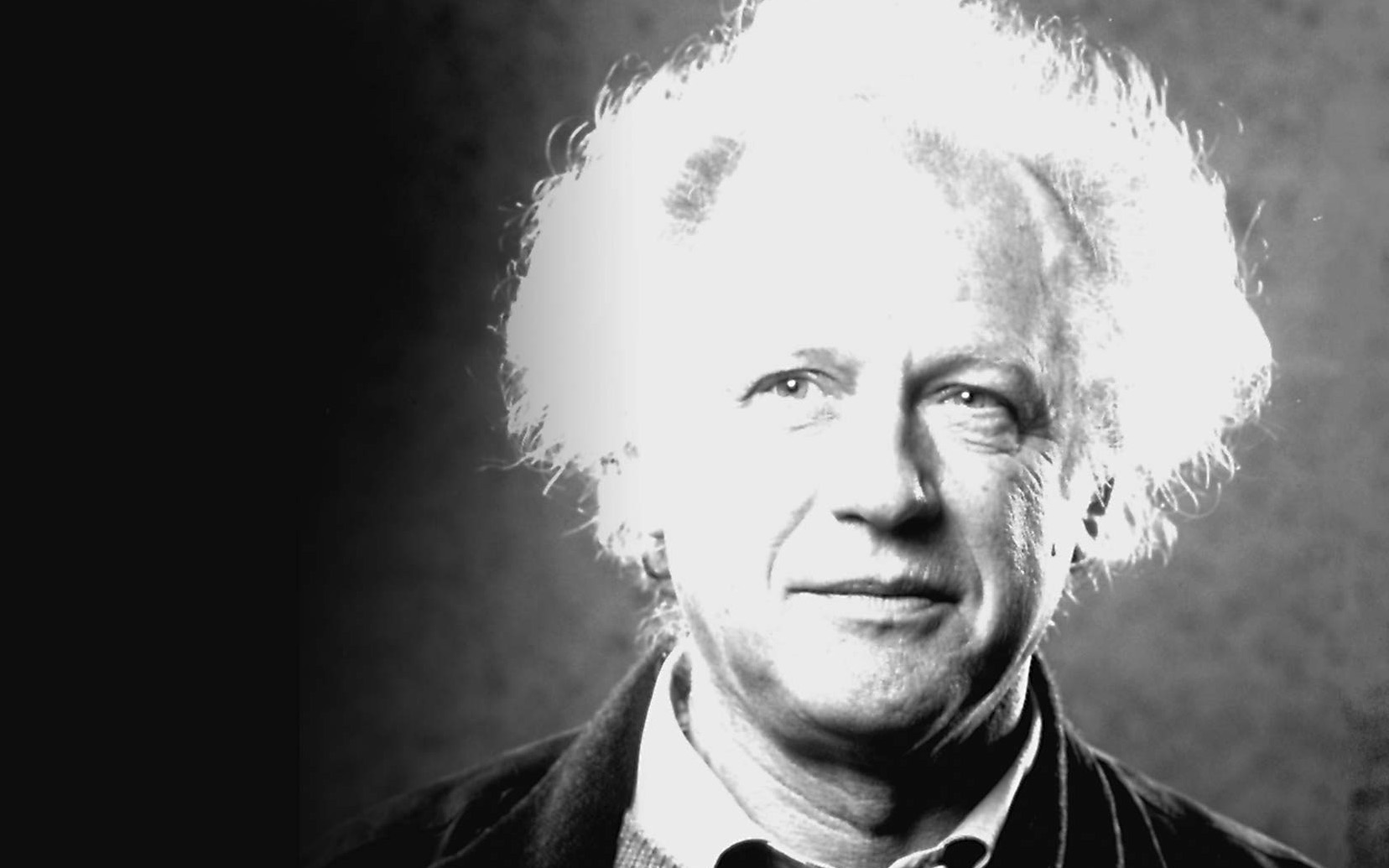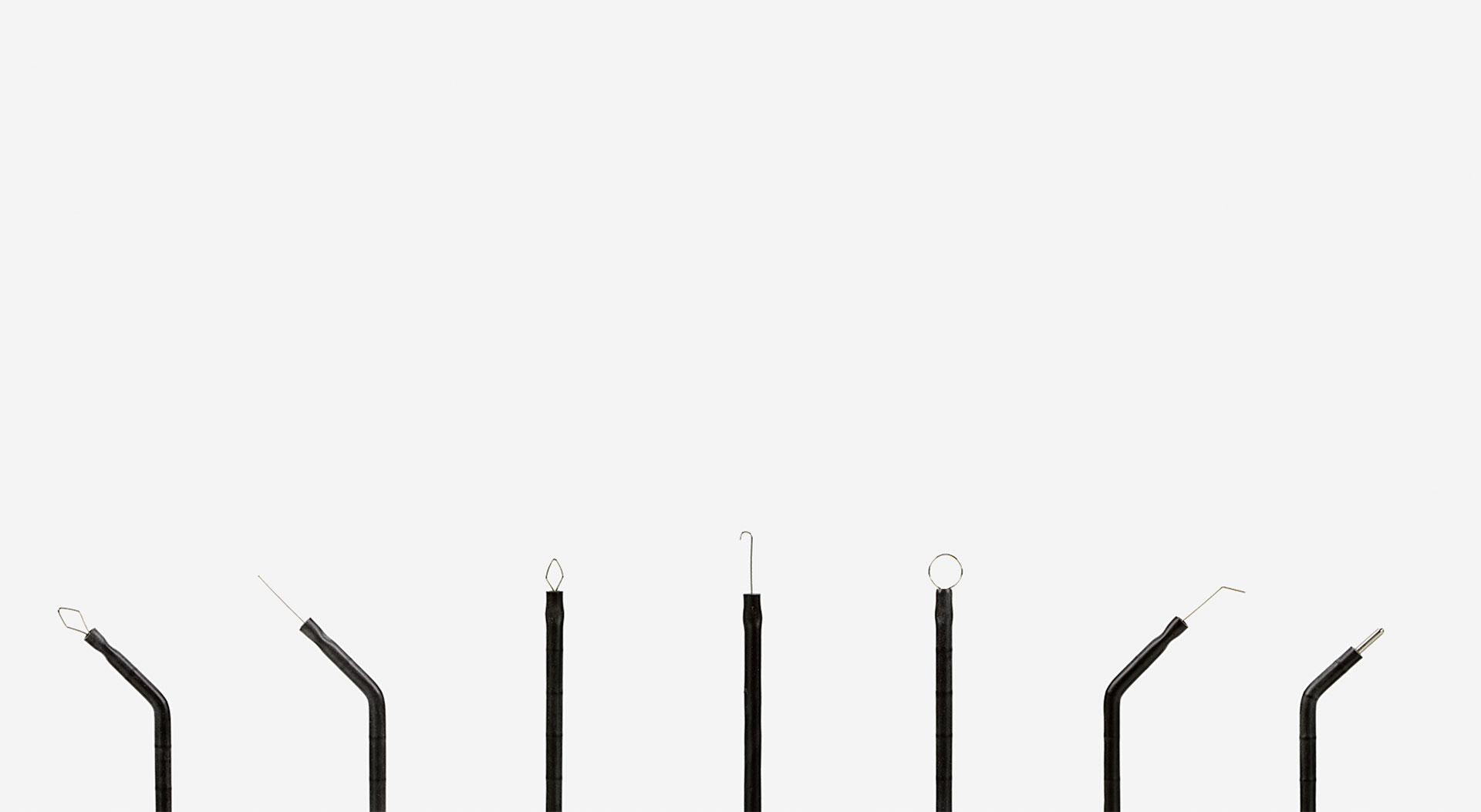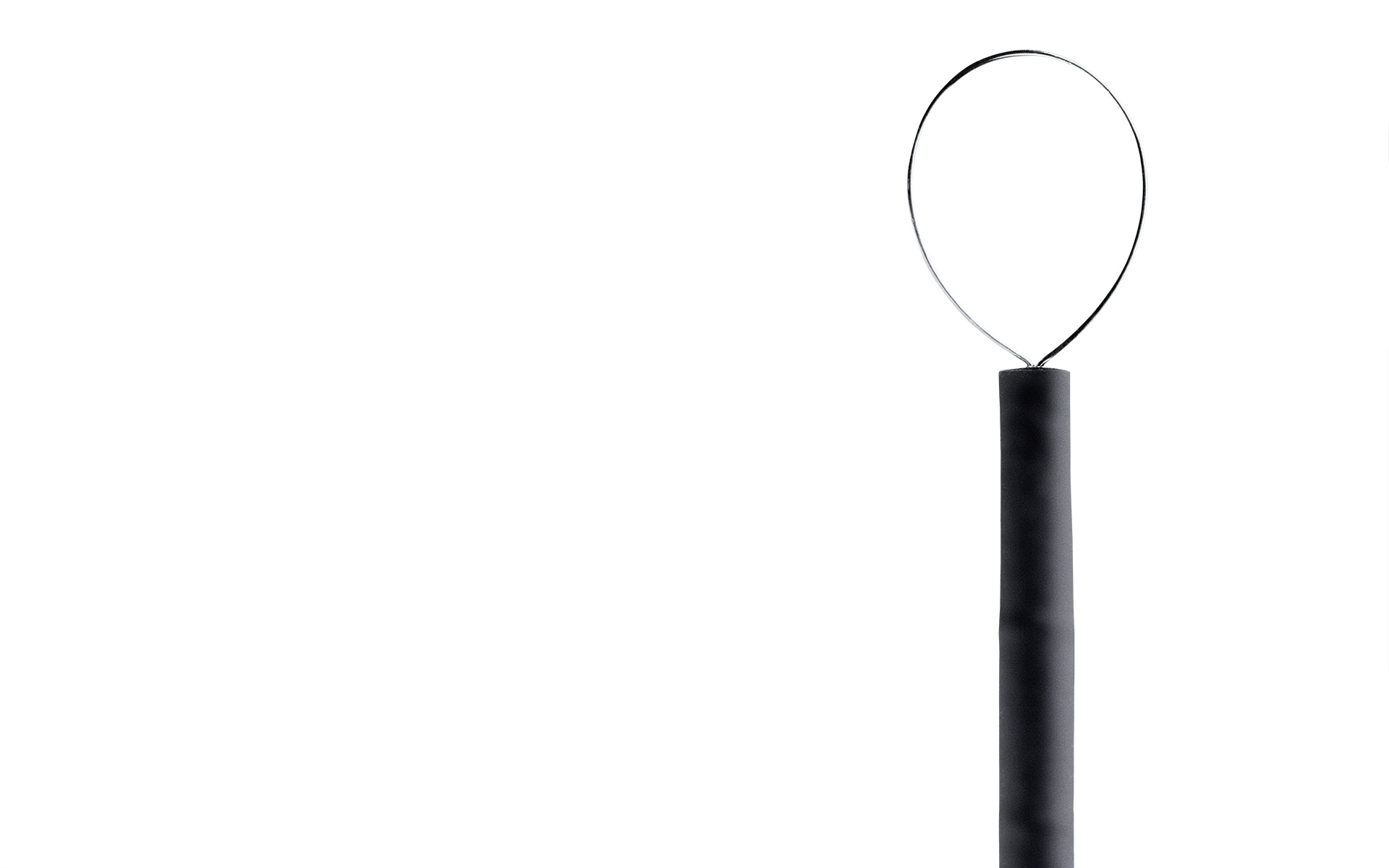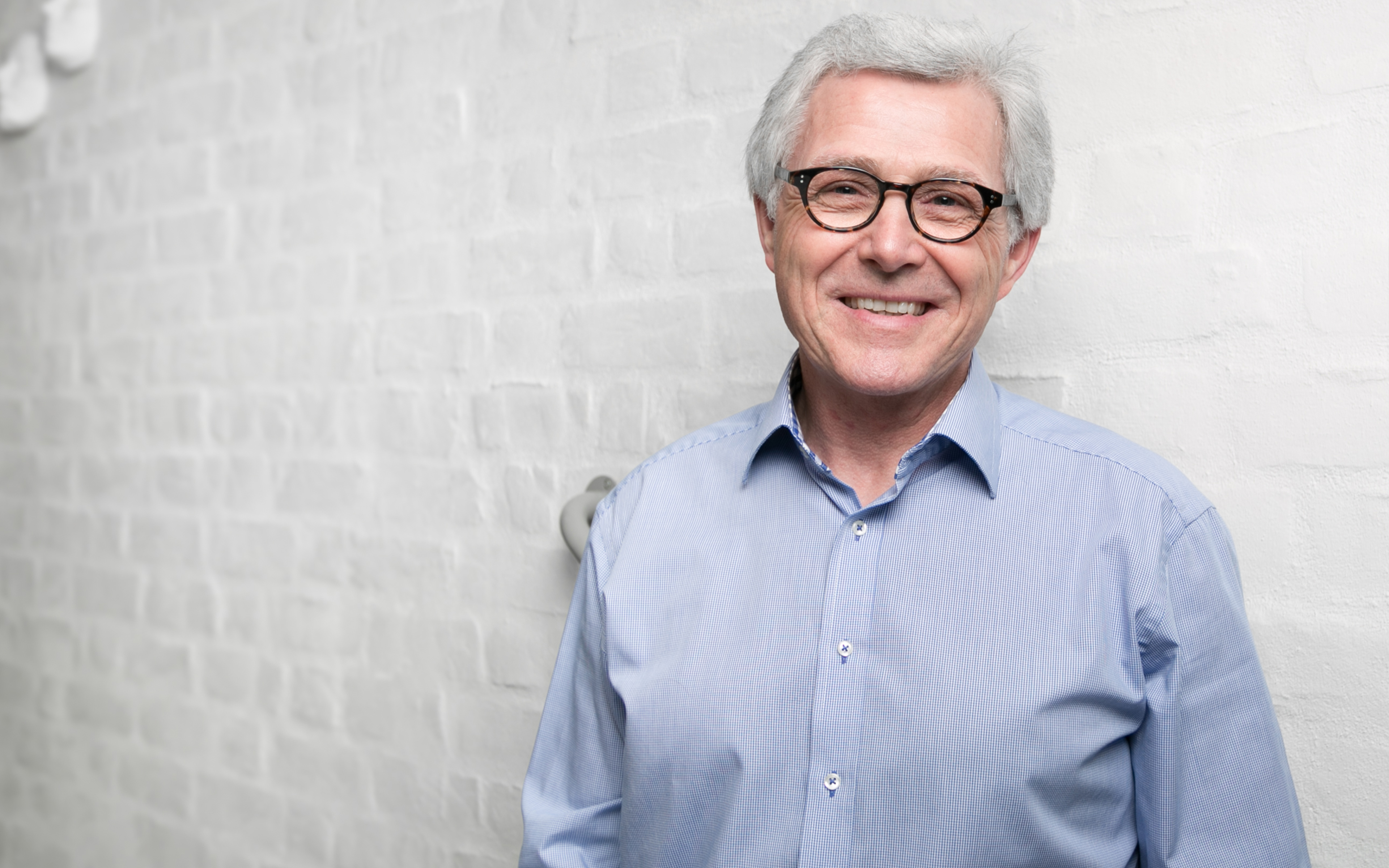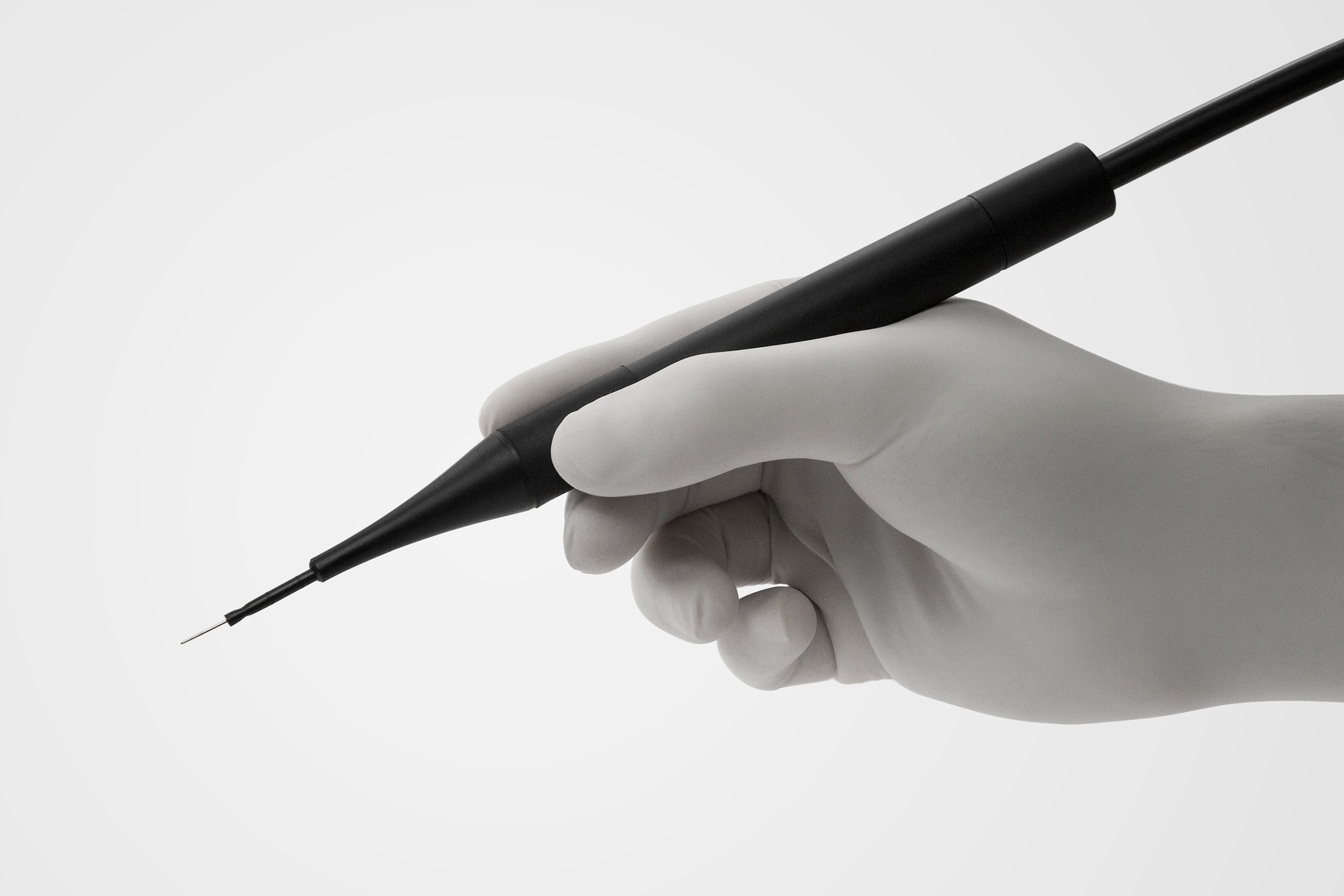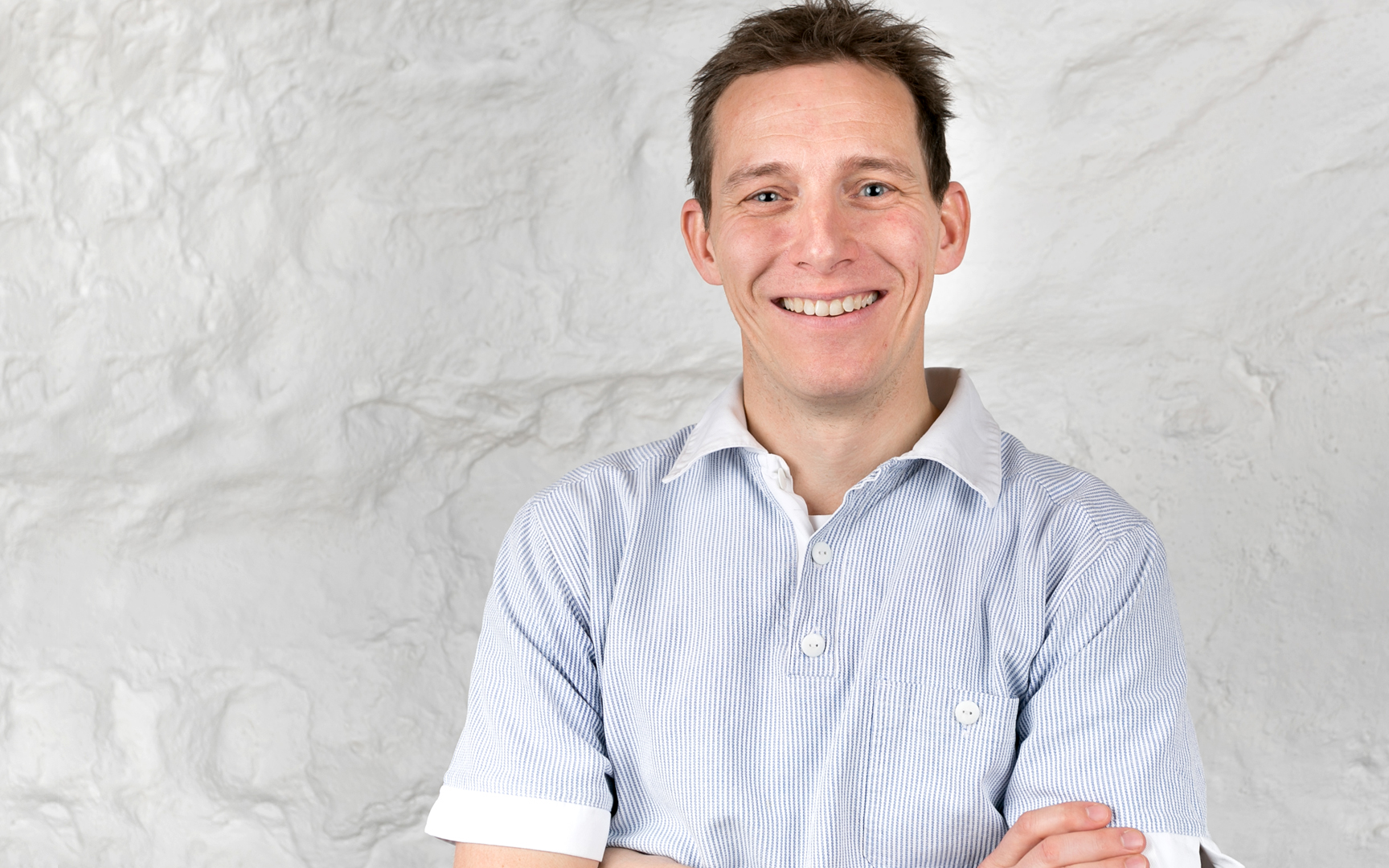First, if I have a fractured tooth, I would never extract a fragment because it would give me bleeding, and when it bleeds it takes a lot of time to work on it afterwards. Traditional removal of tissue also doesn’t work in this case because the tissue grows back very fast. Second, without a clear view I’m not able to tell the patient if I can save the tooth or if I must extract it. With XO OSU the diagnosis comes within a few seconds of use, and for us dentists, seeing is essential.
For example, when I have a tooth fracture, with XO OSU I can expose the fracture, evaluate the tooth condition, take an impression, do a rough preparation, make a provisional crown, and then let the patient go in less than 20 minutes.
See examples of Dr.Brand's case studies here.
Not using electrosurgery during some marginal gingiva corrections can also lead to inflammation, which may in turn result in gingiva retraction. However, if you treat the soft tissue correctly and use the proper electrodes, you’ll have absolutely no retraction of soft tissue in the long run. XO OSU will seal all the smallest vessels and will prevent any tissue infection. You also need to know which electrode to choose. If you cut with a thin electrode and you see that the tissue bleeds a little bit, don’t try to cut it again with the same electrode. Switch to a thicker one (0.8 mm), which will have enough power to close all the smallest vessels and cause the bleeding to stop.
When we do large soft tissue corrections we start by cooling down the tissue and electrodes with ice cold water. Remember to leave the tissue moist, or it will be difficult to cut. I recommend cleaning electrodes in cold water with ice cubes and gauze after each cut. This speeds up the process, the electrodes don’t stick and you keep the tissue temperature low. Also, if there is some tissue left on the electrode, it will burn, emit a smell and be difficult to remove later. You cut, you dip it and then you cut again.
ESBEN KARDEL - OSLO, NORWAY
''I THINK THAT XO ODONTOSURGE IS A MUST-HAVE FOR ANY DENTIST.’’
When you do preparations you often go below the marginal line. Sometimes it’s difficult to use a retraction cord when the tooth is broken, and gingiva grows back in a few days.
For example, when I have a broken tooth where the gingiva has grown a lot around the tooth, it would be extremely difficult to treat without XO OSU. I would have to cut around with a scalpel, stop the bleeding, use a gingi pack to prevent gingiva from growing back. But even then, when I take out the gingi pack after a few days, it will start bleeding again. This causes a lot of problems because your environment needs to be dry. XO OSU is indispensable when you have some gingiva to remove because it is fast and provides instant homeostasis and a clean cut. The area is dry for taking impressions or composite restoration.
See examples of Dr. Kardel's case studies here.
